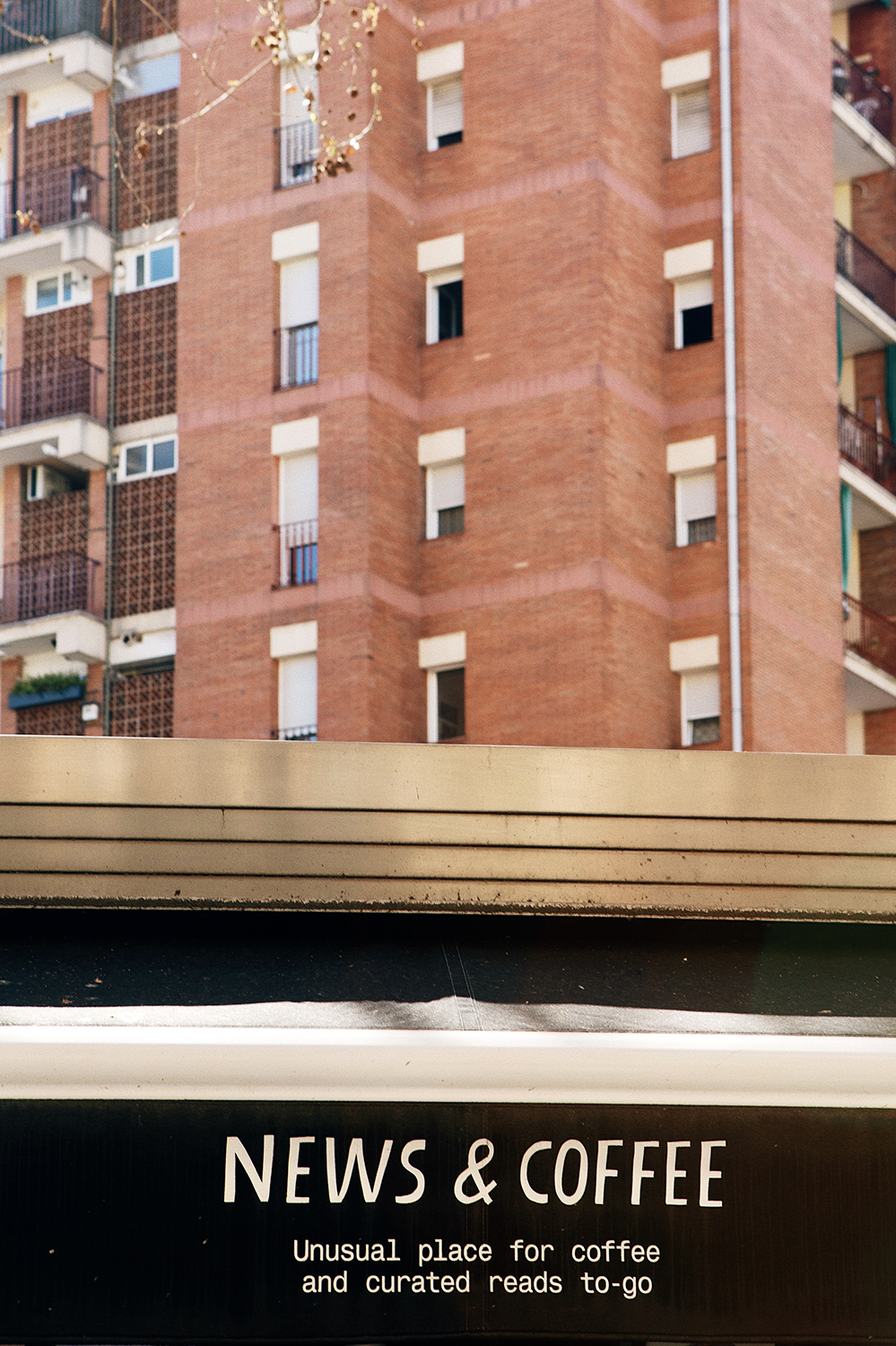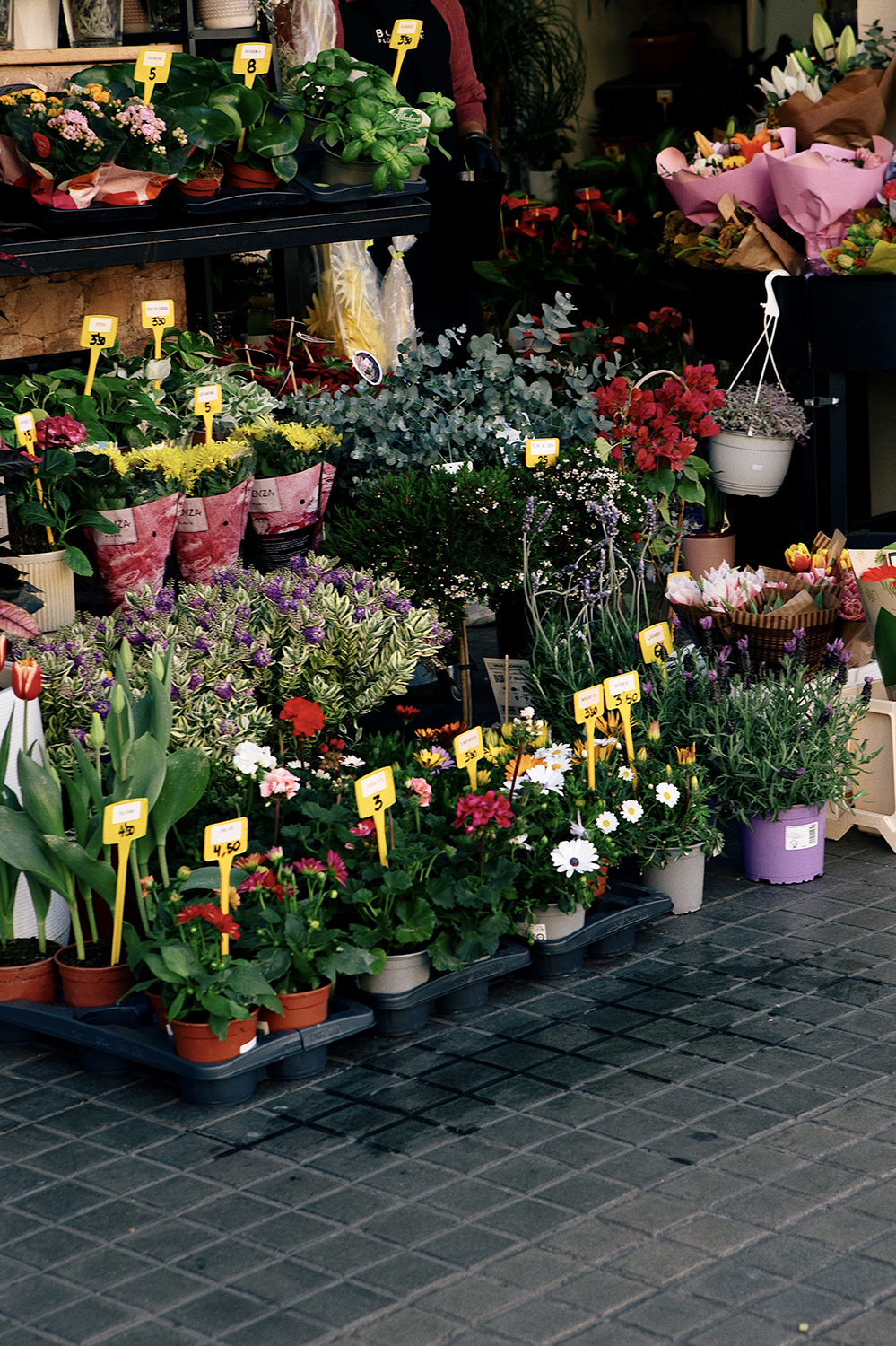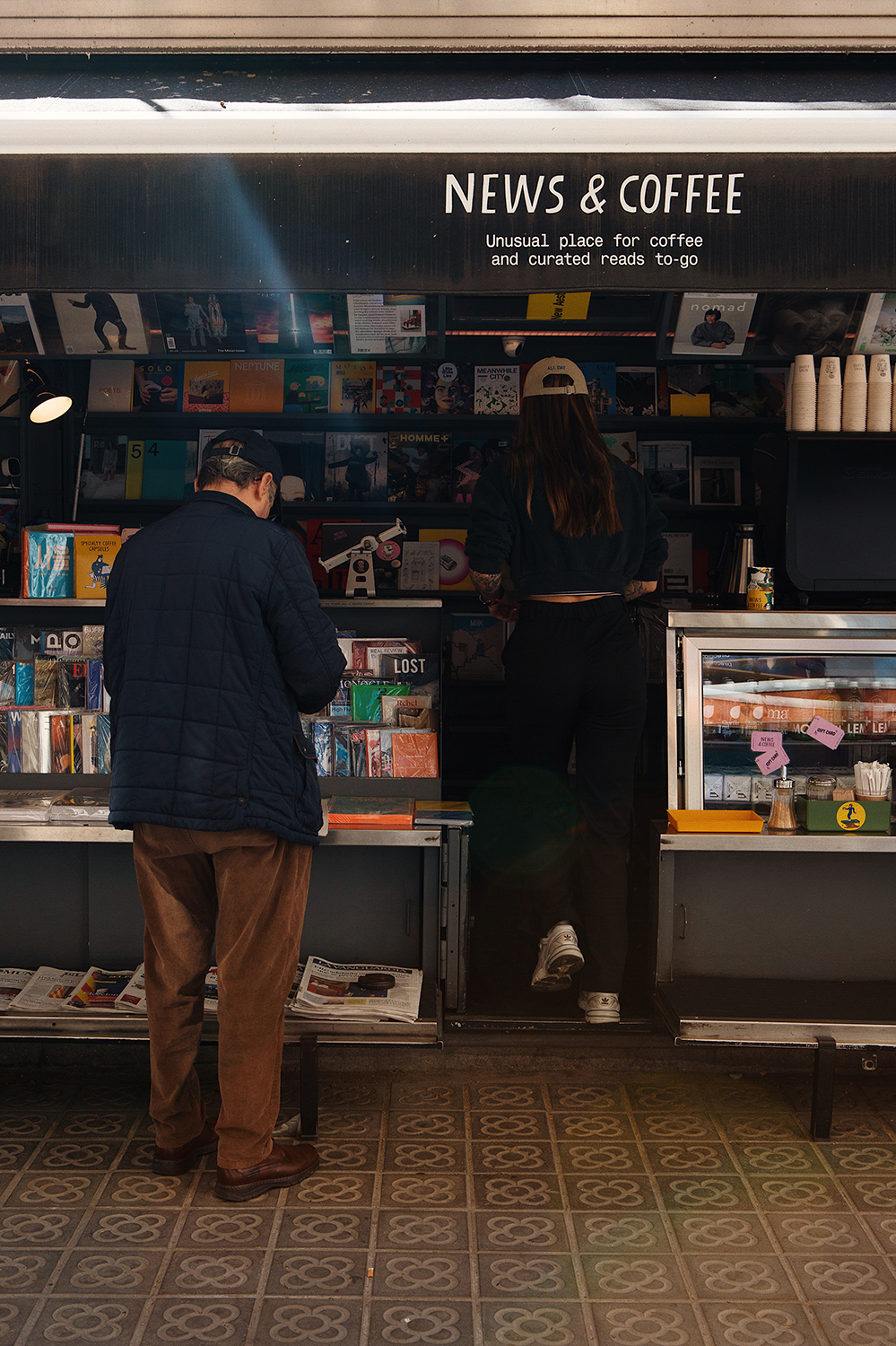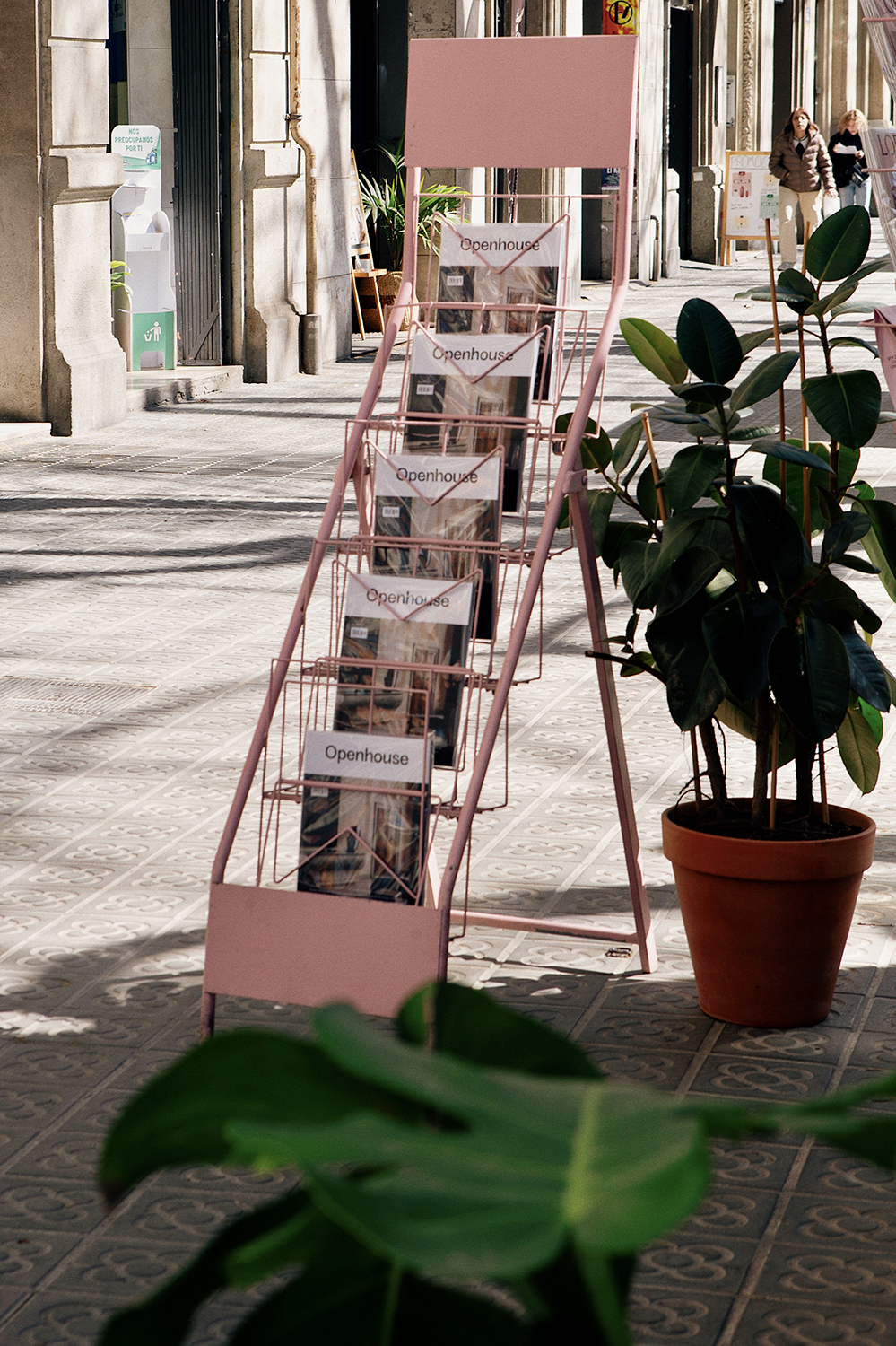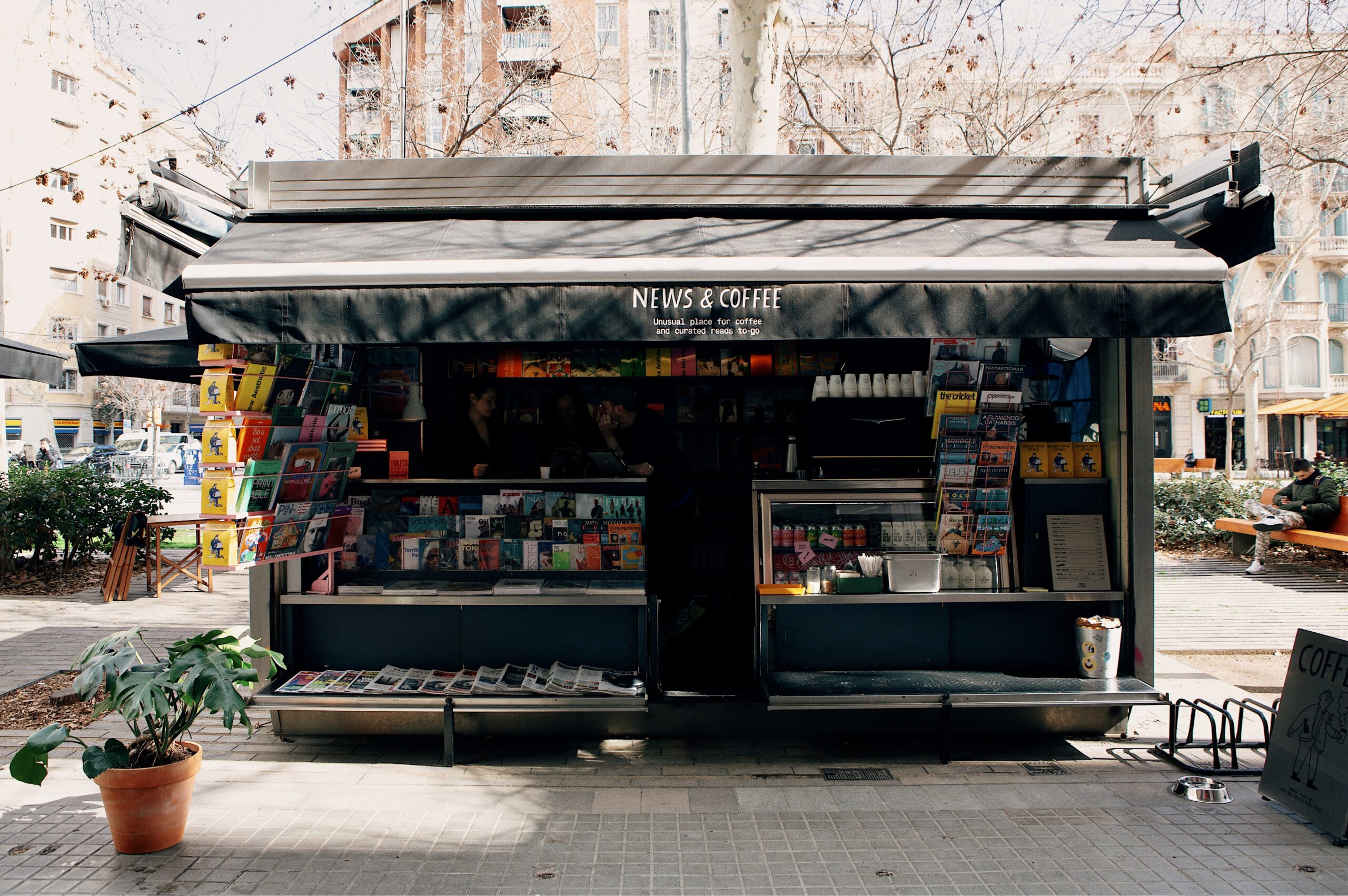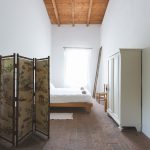One of the first things that captivated me when I came to live in Barcelona was its deep appreciation for books and print culture. Seeing all the bookstores, libraries and literary festivals fascinated me. The first few months in the city, I discovered beautiful independent publications and my room was filled with books and magazines that I currently deeply treasure. The feeling of turning pages and the touch of the paper has always transported me to a realm where time slows down.
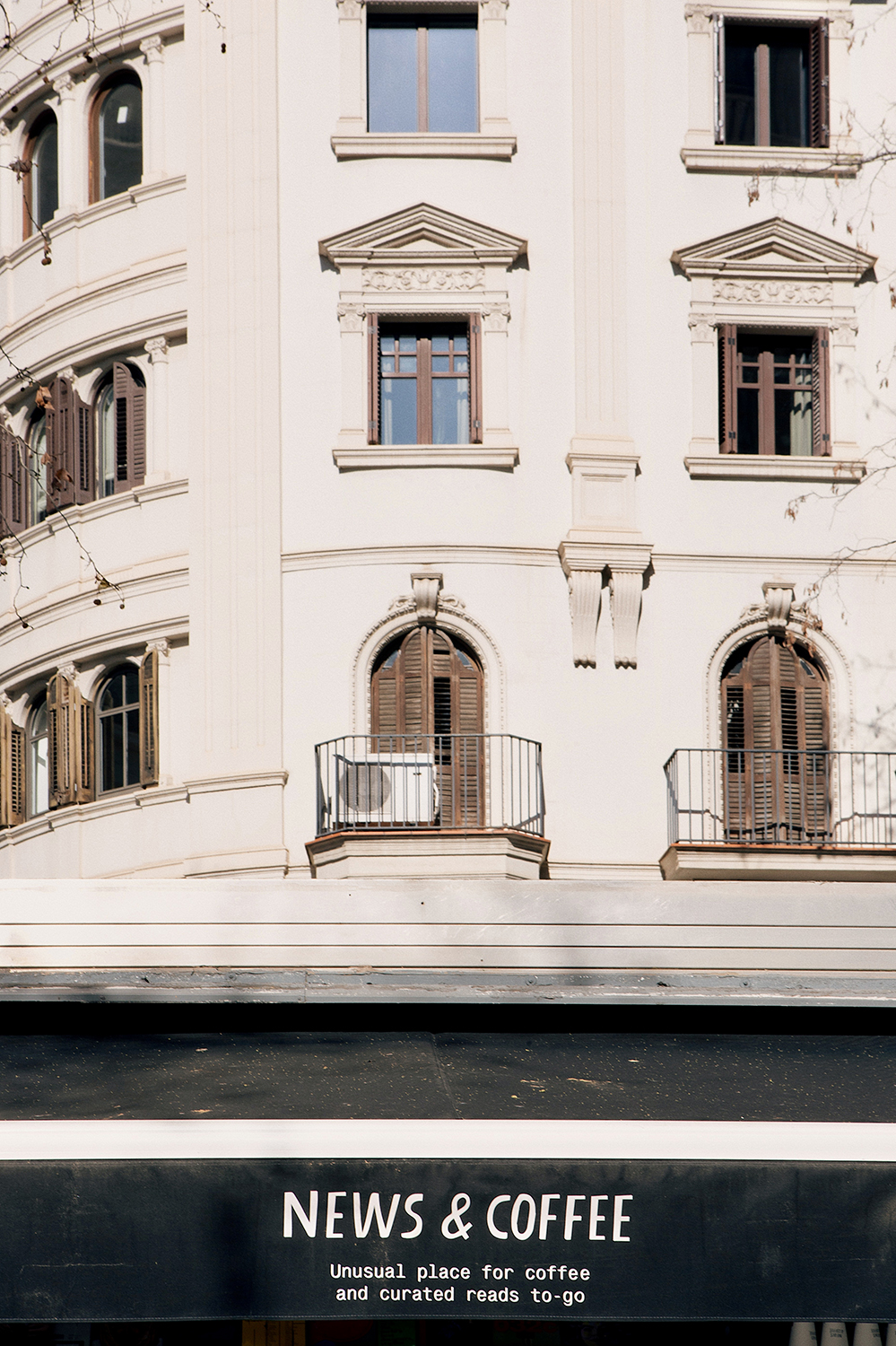
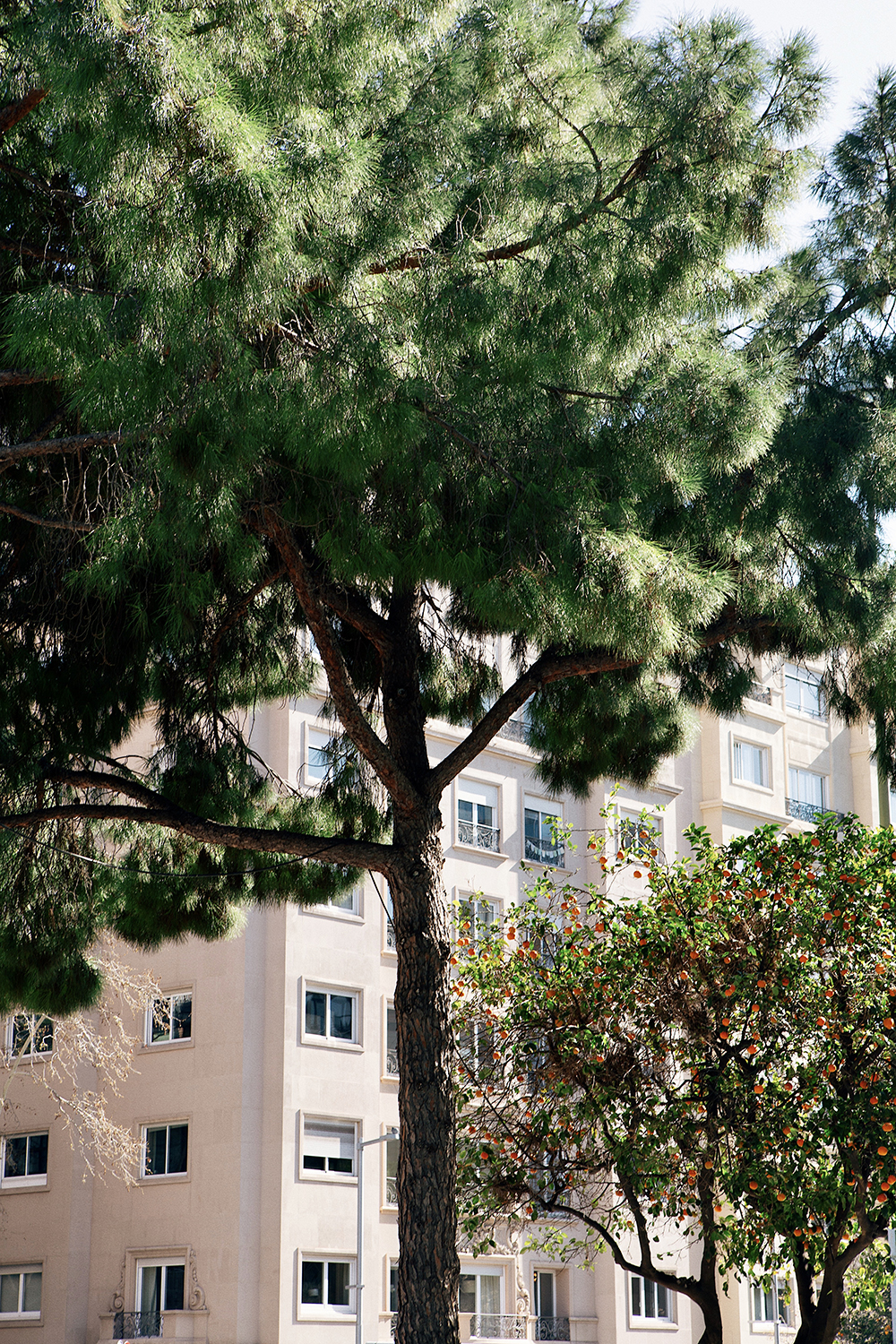
As the digital era continues to evolve, fast paced cosmopolitan cities like Barcelona or New York are in constant need of tangible things, of elements that ground and connect their people beyond the digital surface. This connection can be deeply rooted in art and culture as people discover new perspectives, engage with diverse content, and stay informed in other ways.
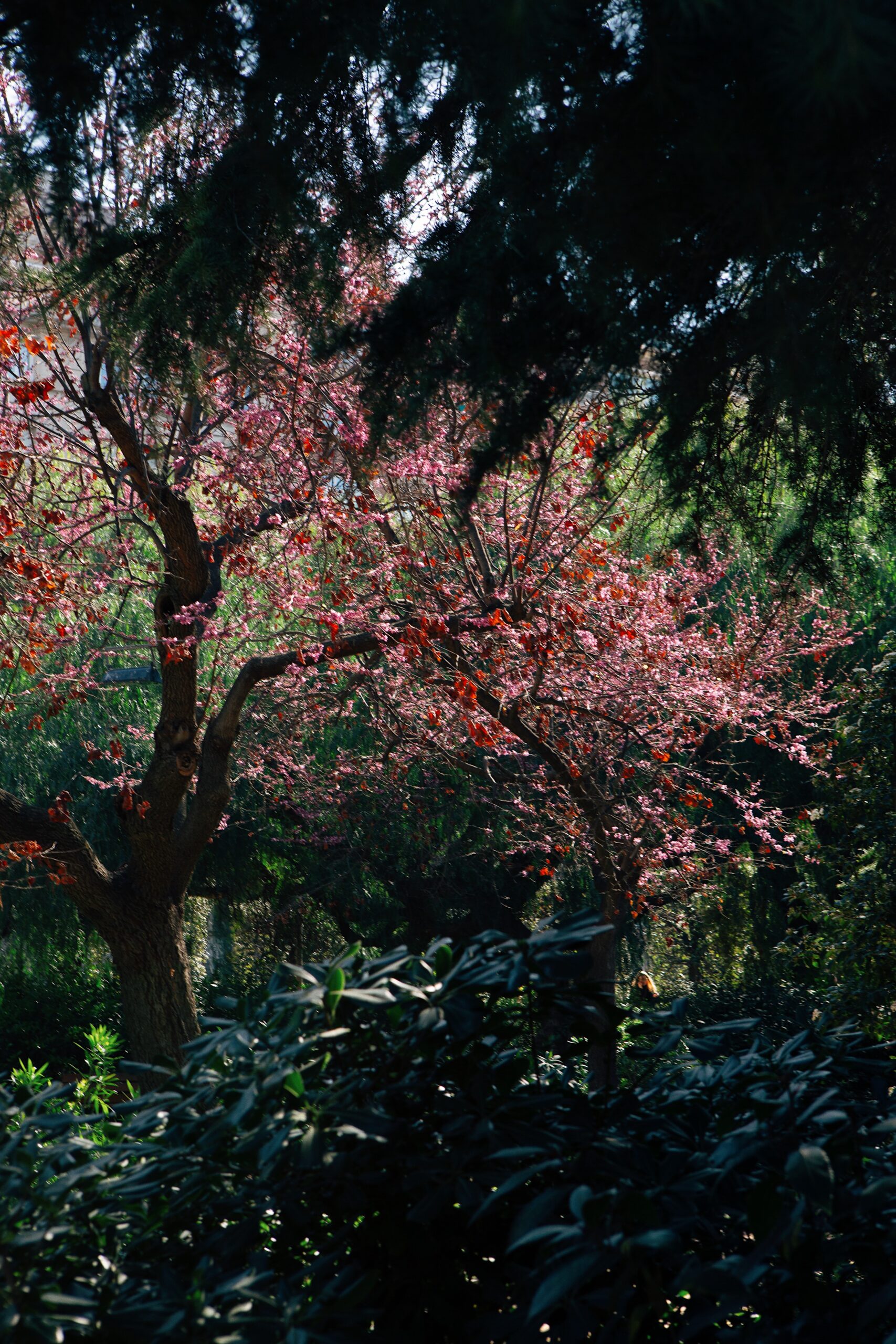
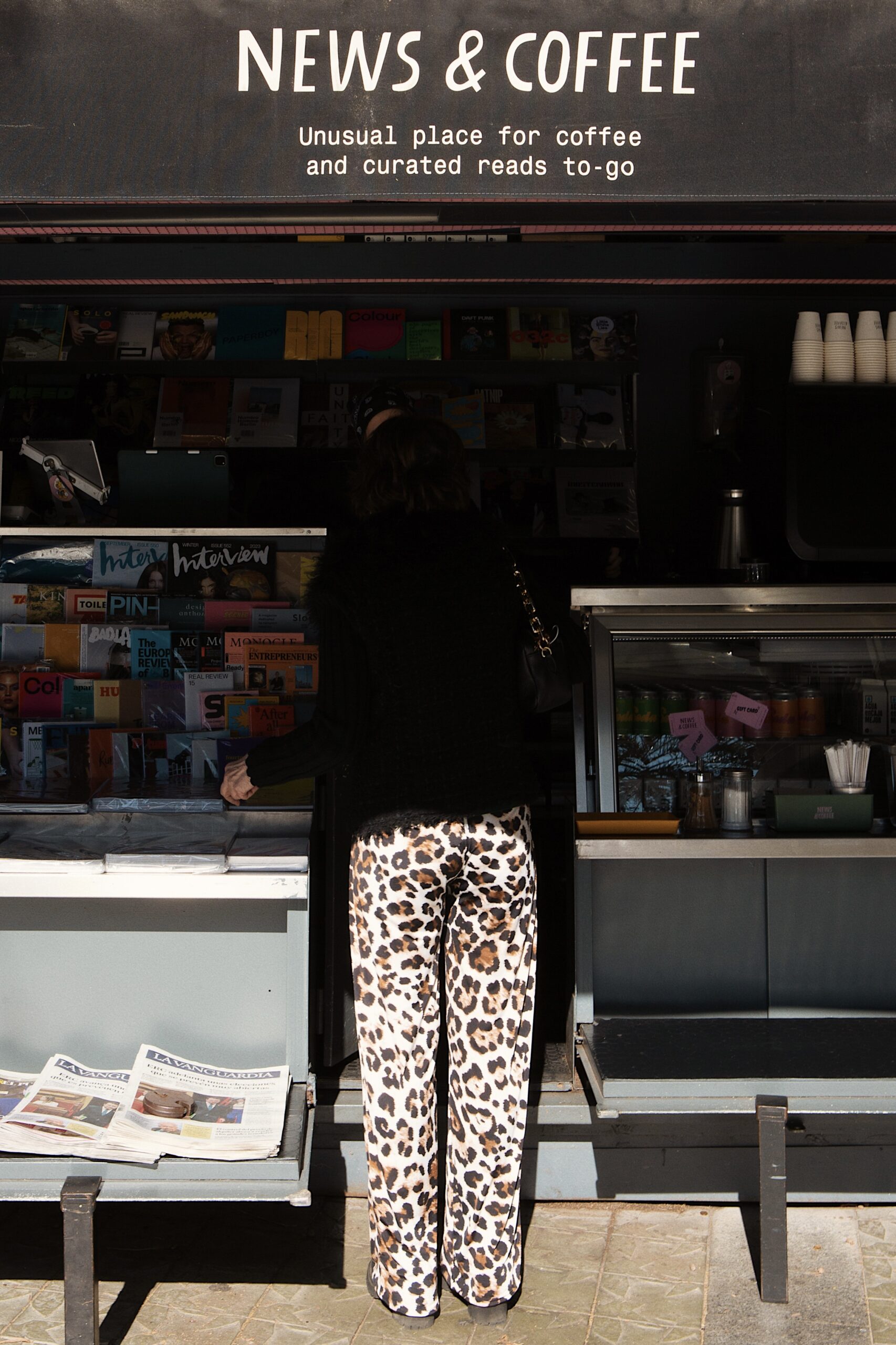
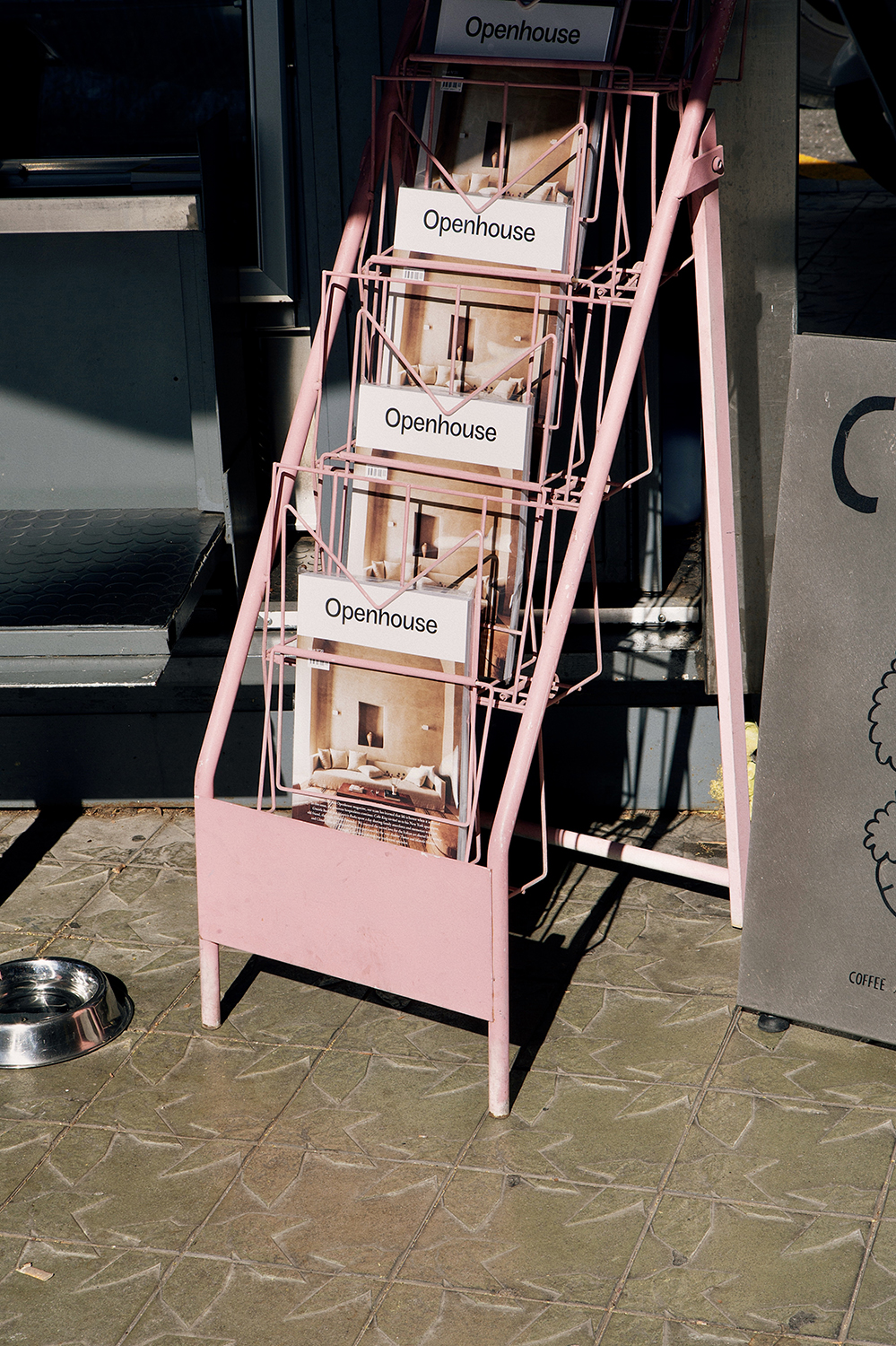
In the late 19th century, newsstands became an integral part of society, serving as important hubs of information and cultural exchange in bustling cities around the world. Originally selling only newspapers, the kiosks used to be essential elements of the city streetscape. The kiosk was the place to get information and be connected.
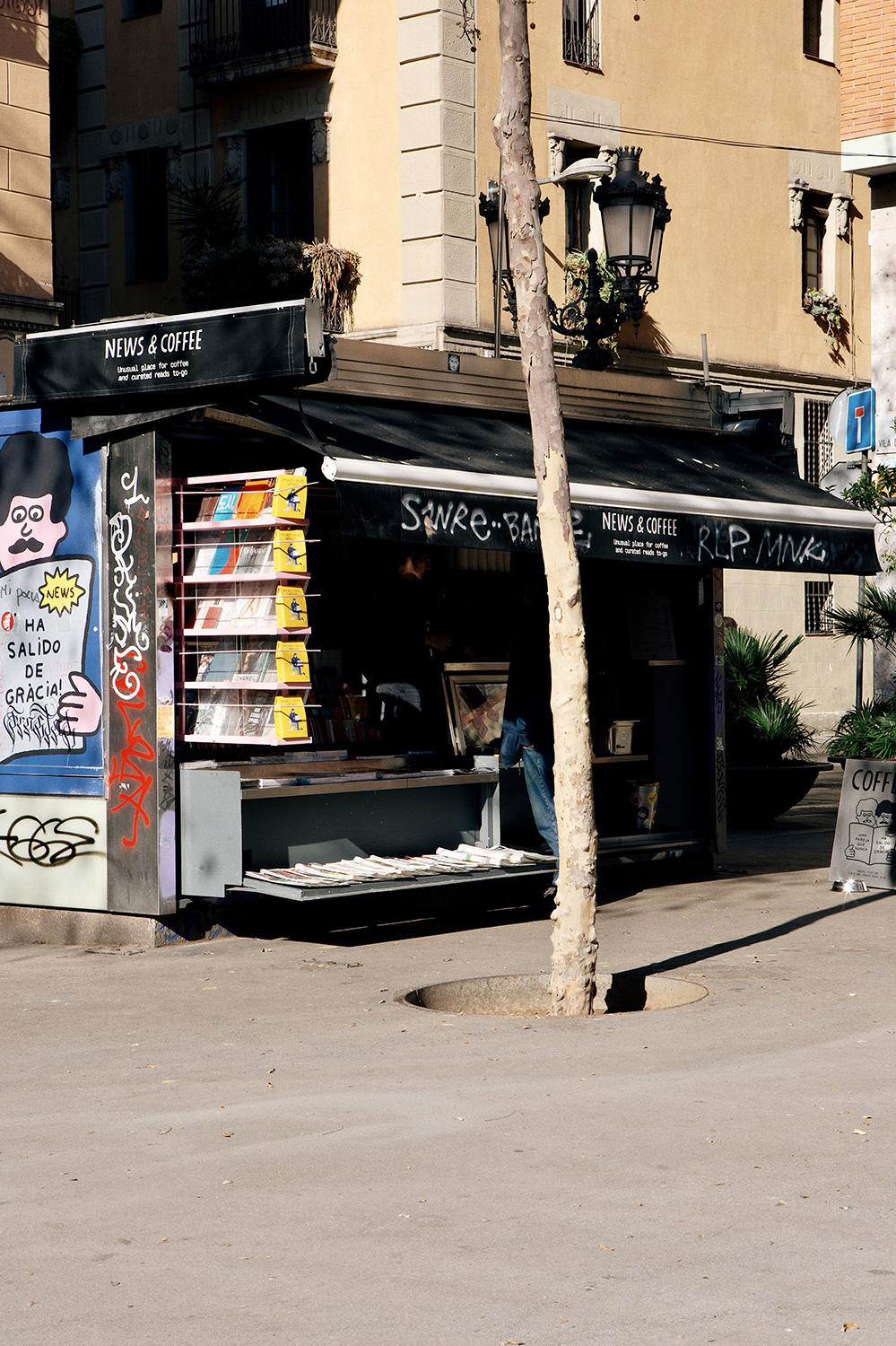
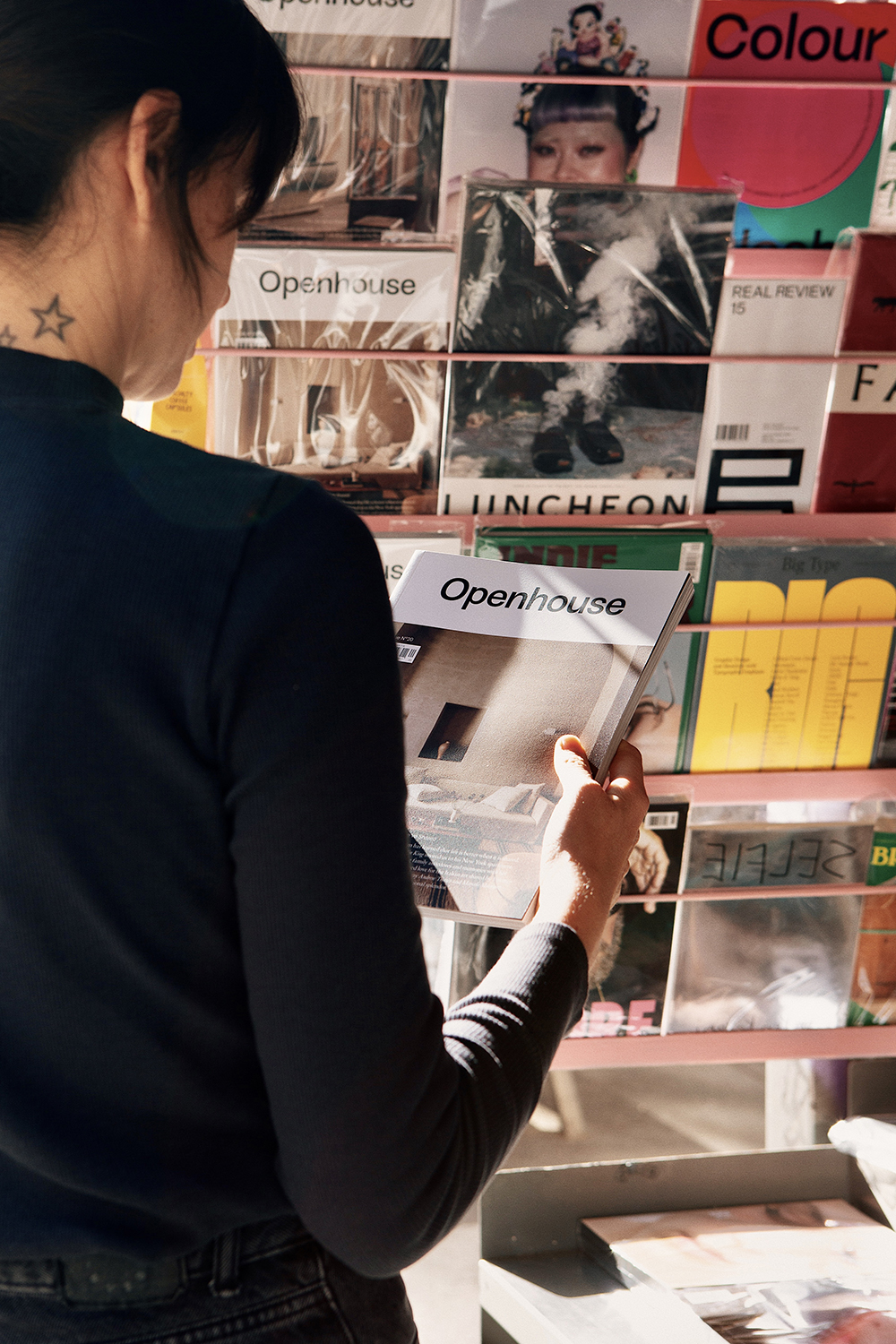
Over the years, their presence has changed significantly. In the 1950s, cities like New York had 1,525 and now it has a little more than 300. While the landscape of print culture has evolved, the few remaining newsstands keep their original essence. They continue to serve as cultural hot spots, bridging diverse neighborhoods and fostering connections within the city’s cultural scene.
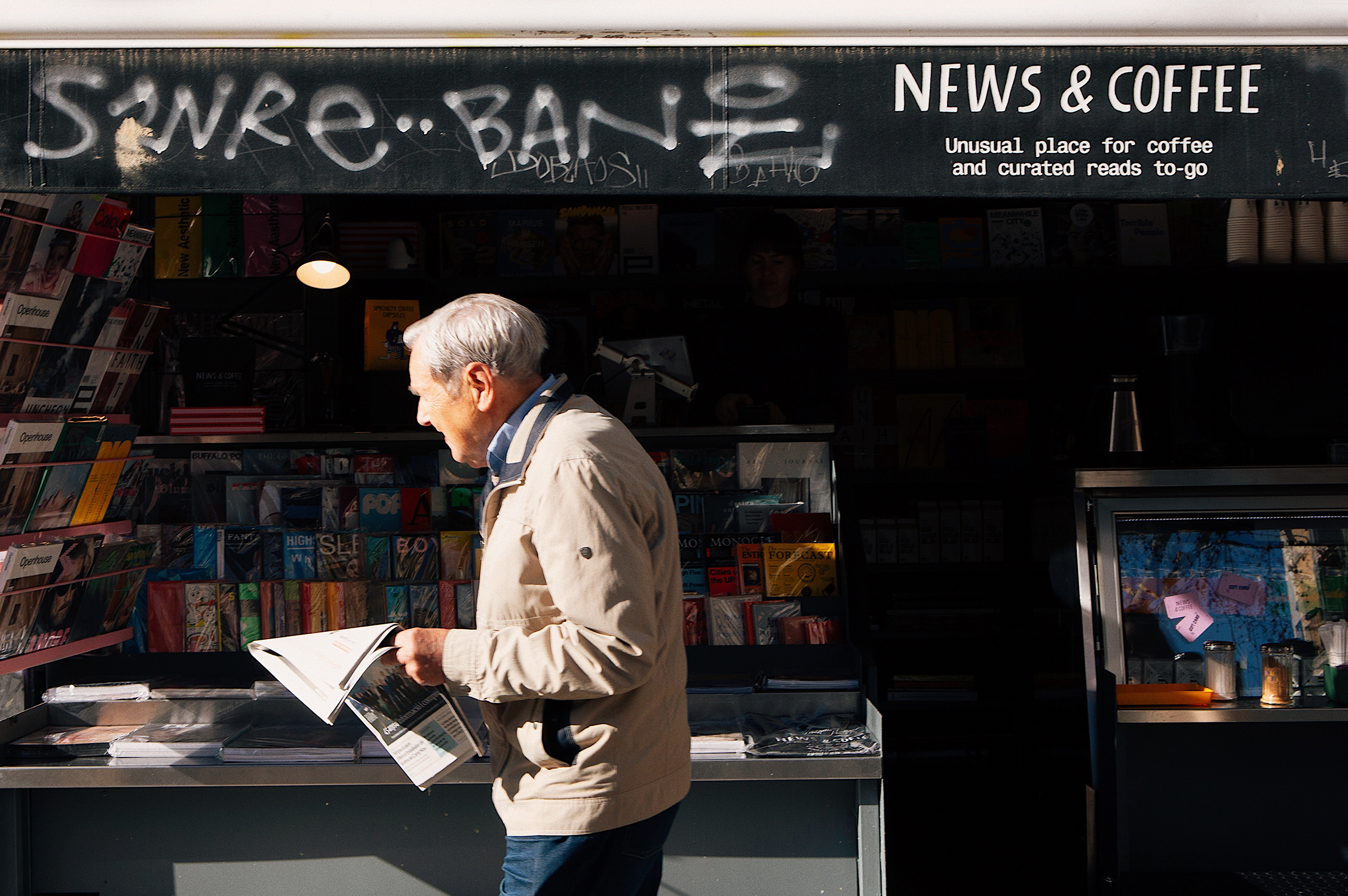
Transitioning to Barcelona, a city renowned for its distinct neighborhoods and their unique identities, the concept of newsstands is brought to life with News & Coffee. Founded by a group of friends –Pablo, Davide, Yaël and Gautier, the kiosk emerged as more than just a gathering spot and became a symbol of opportunity and collaboration. It was a response to the closure of traditional kiosks and a desire to infuse daily life with a renewed sense of quality and connection.
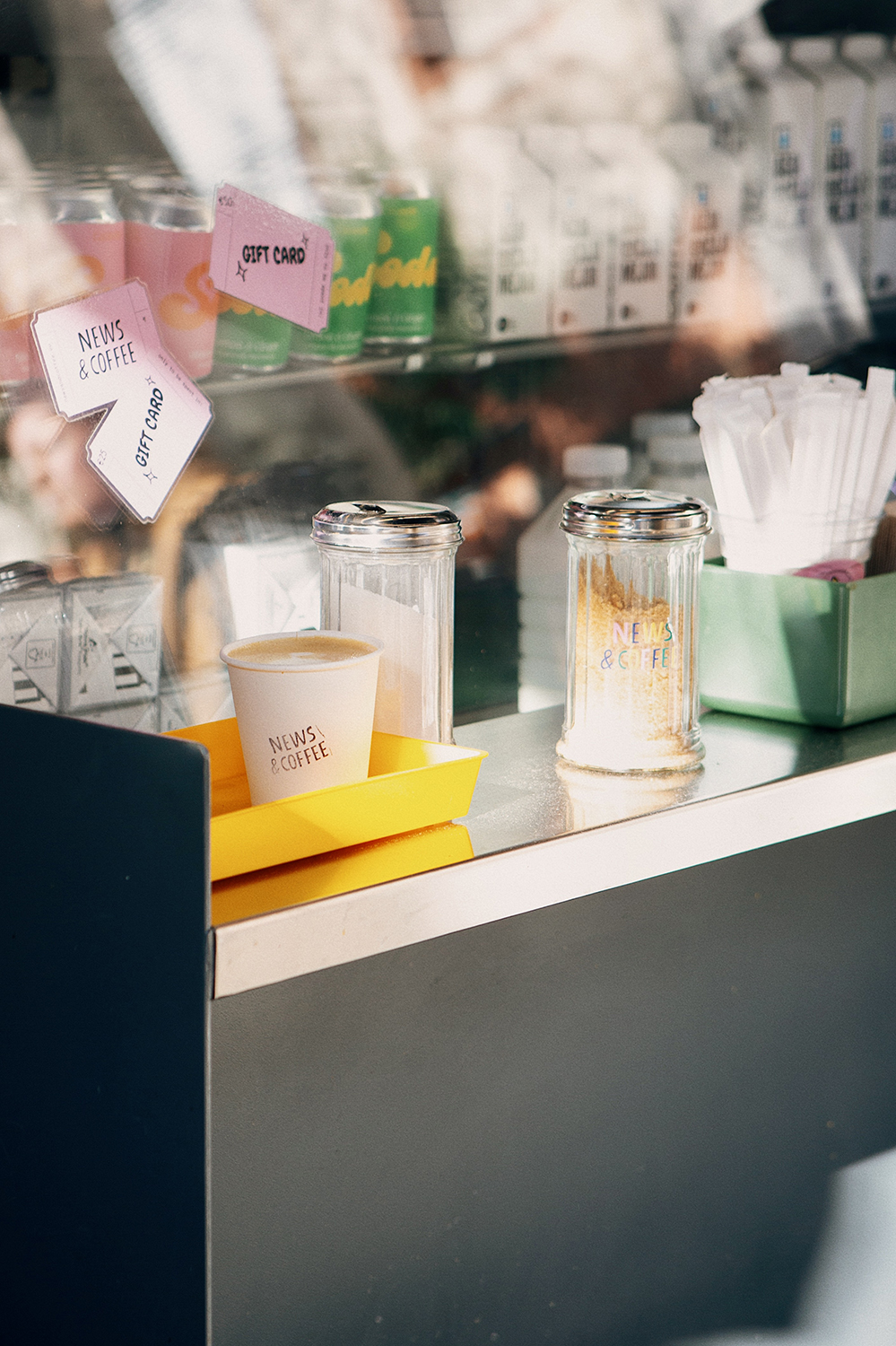
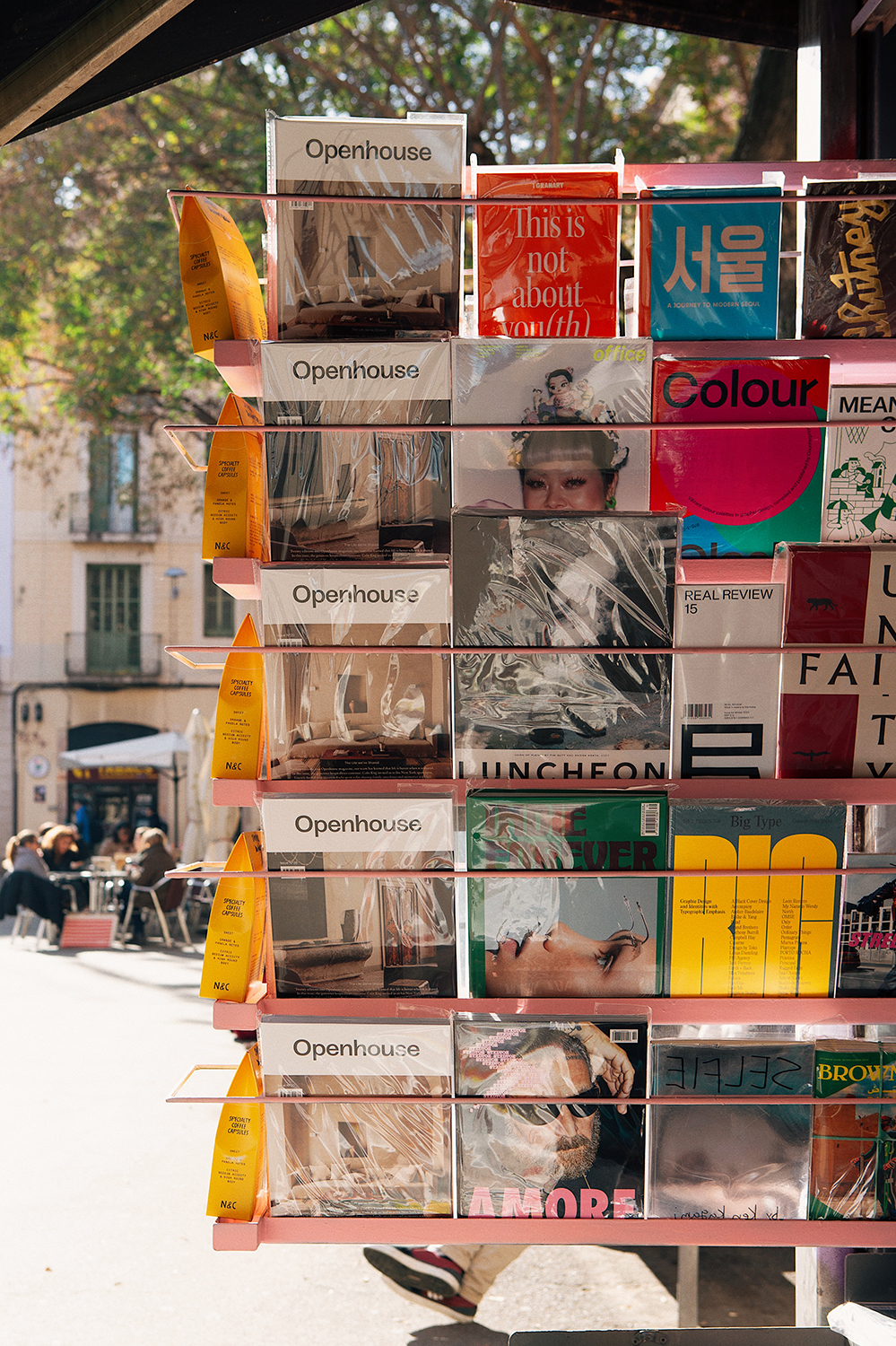
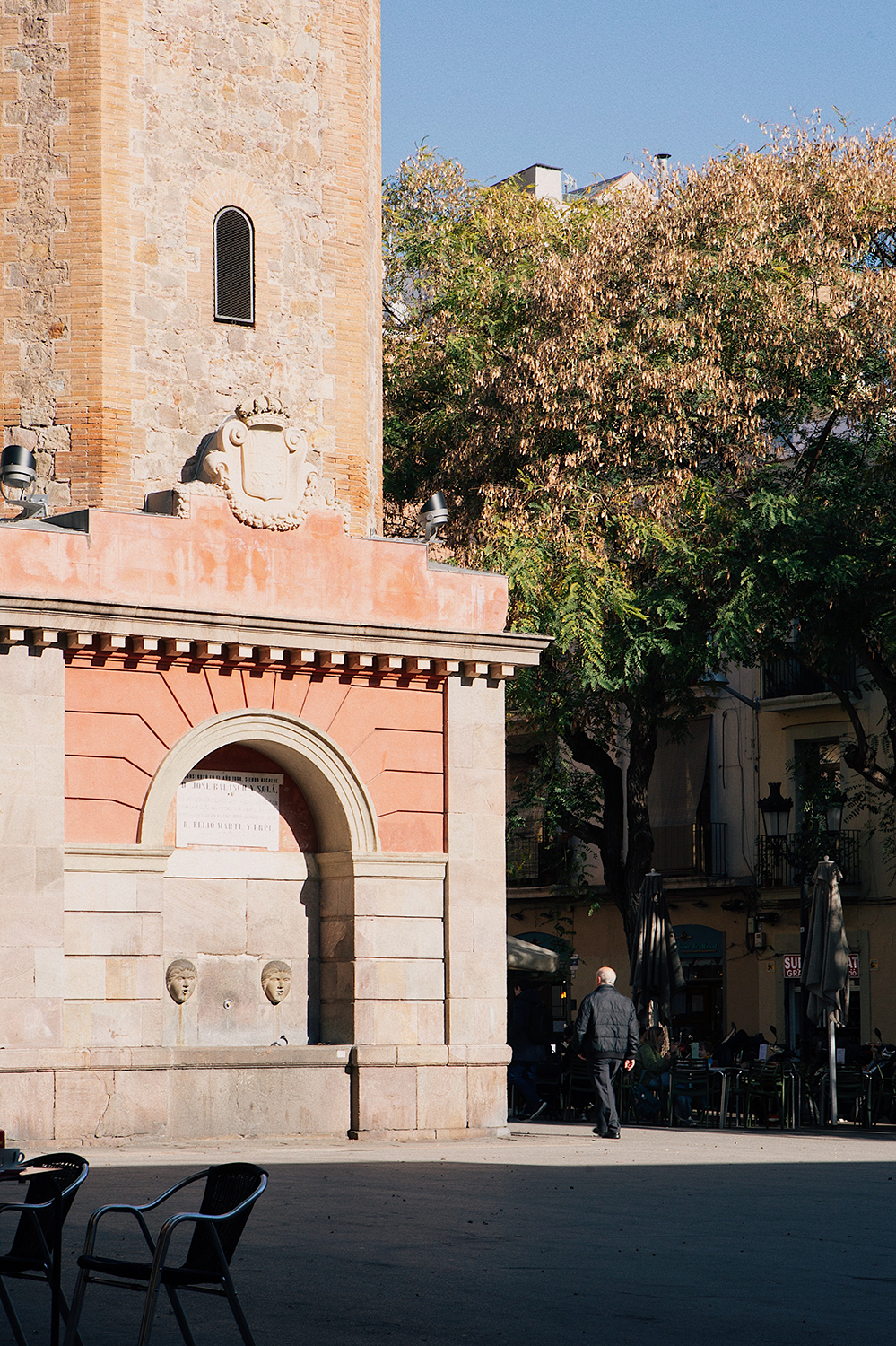
Currently, there are three founders left (as Pablo left the project after a while) with five kiosks around the city: in Gracia, Francesc Maciá, Paral·lel, Universitat and, the main one, located on Passeig de Sant Joan. Each one has its own distinctive atmosphere, shaped by the diverse neighborhood backdrop. It’s fascinating to observe how the unique personalities of the regular visitors shine through in their attire, the publications they look for, and even in their manner of speech as they interact with the kiosk staff.
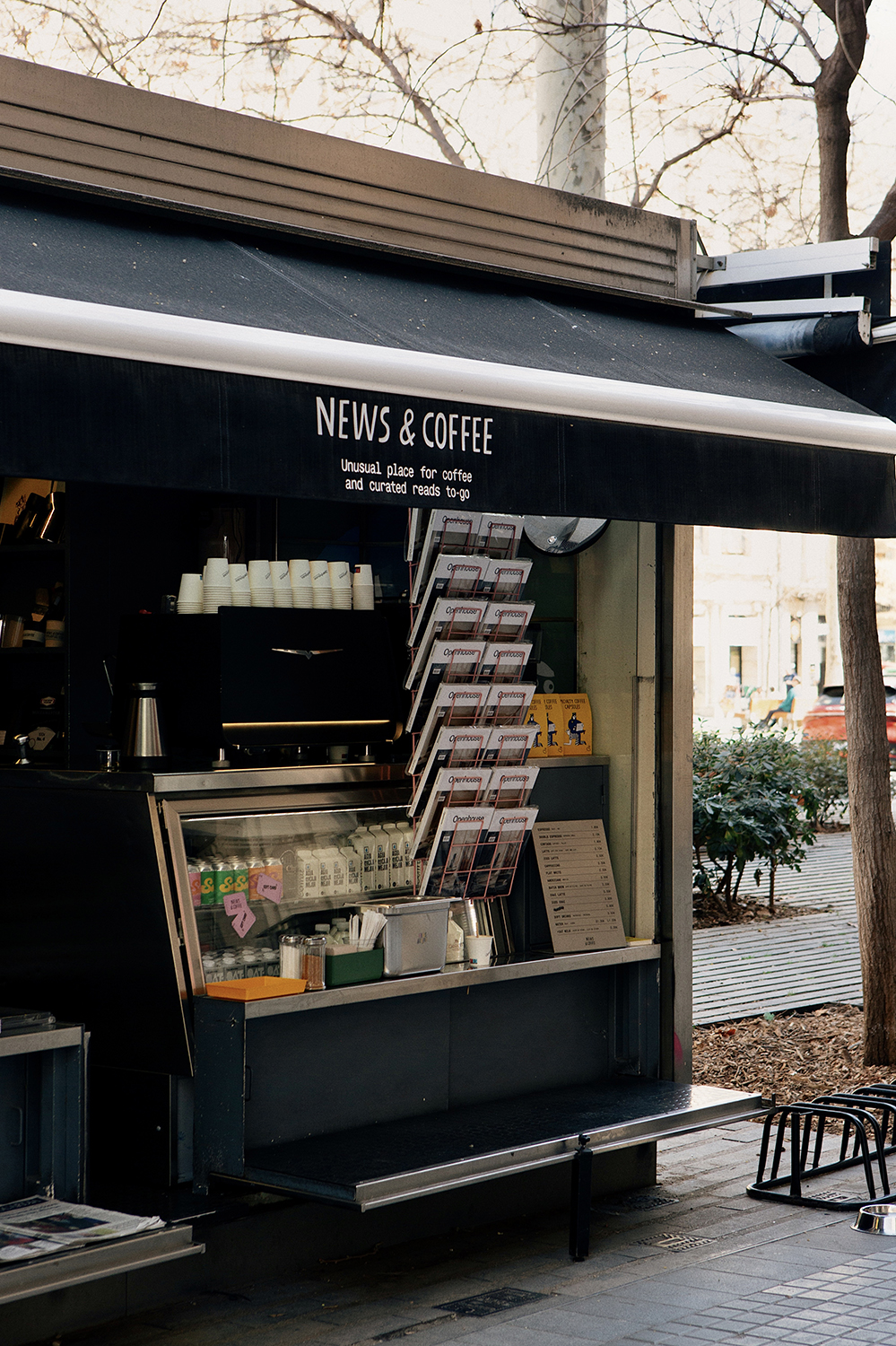
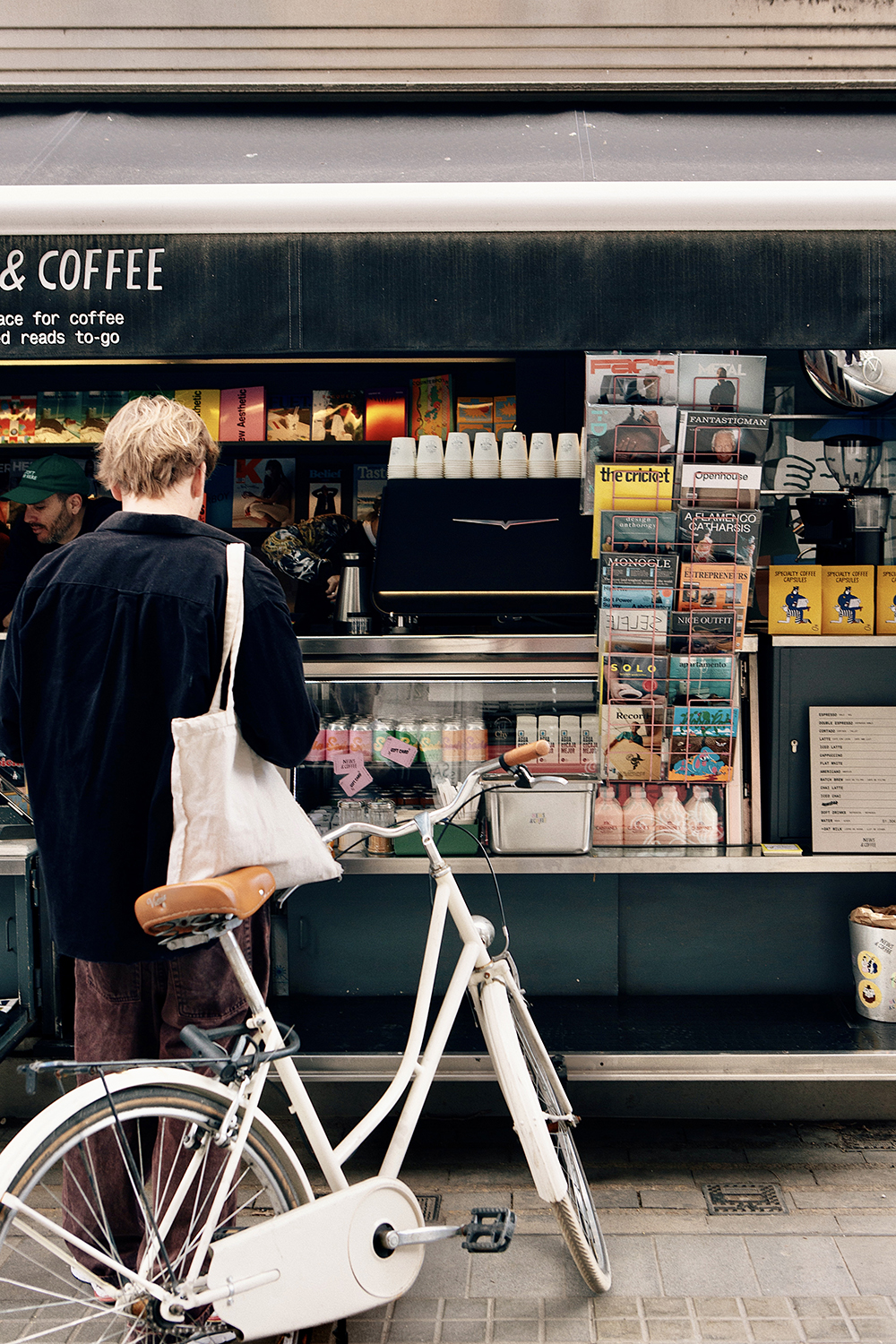
“The value of the neighborhood as the value of the cities is to bring people that, in theory, are so different—a hipster that comes for his daily fix of Batch Brew because he knows we do a dope Ethiopian coffee. A graphic design student comes here to take “New Aesthetics” or “BranD” magazine. Then you also have the older generation who are just coming back and picking up their newspaper and complaining about the weather, about young people or about the noise” says Gautier.
“There’s one story that I will never forget from the newsstand in Diagonal. There was this Japanese elderly man who used to come every day for his newspaper. He never said much, but we would always go outside of the newsstand to pick up his newspaper and put it under his arm. One day he stopped coming to the newsstand. A few weeks later, there were two Japanese ladies that were taking photos of the newsstand, and they approached us to say that they flew to Barcelona because the elderly man had passed away, but that they were always on the phone. He would tell his family that we took some such good care of him, and to go to the newsstand was really the highlight of his day. So they wanted to take the photos and to thank us, just to have a memory of what his little joys were in the last days of his life. This is, for me, the most beautiful story” tells Yaël.
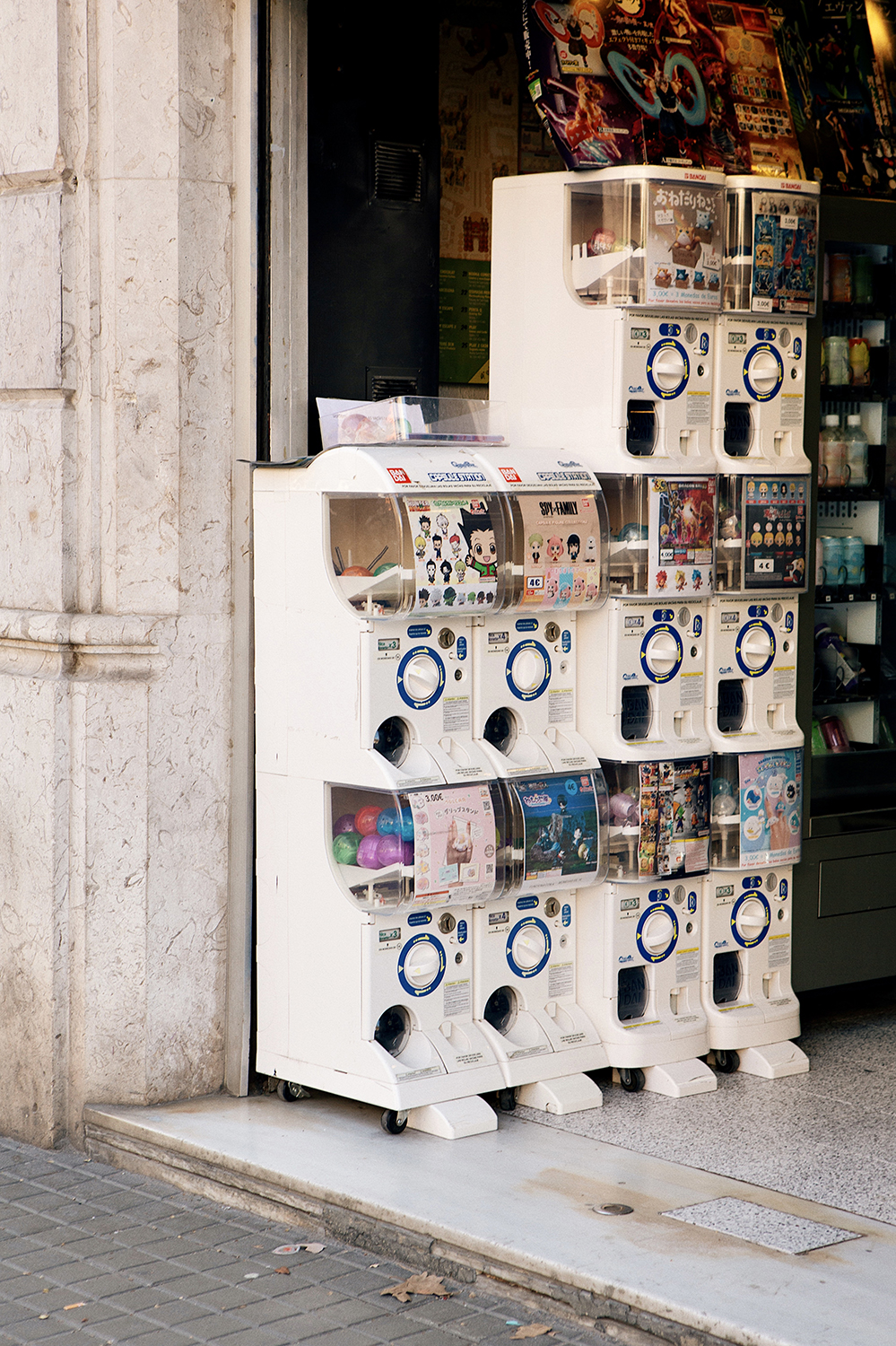
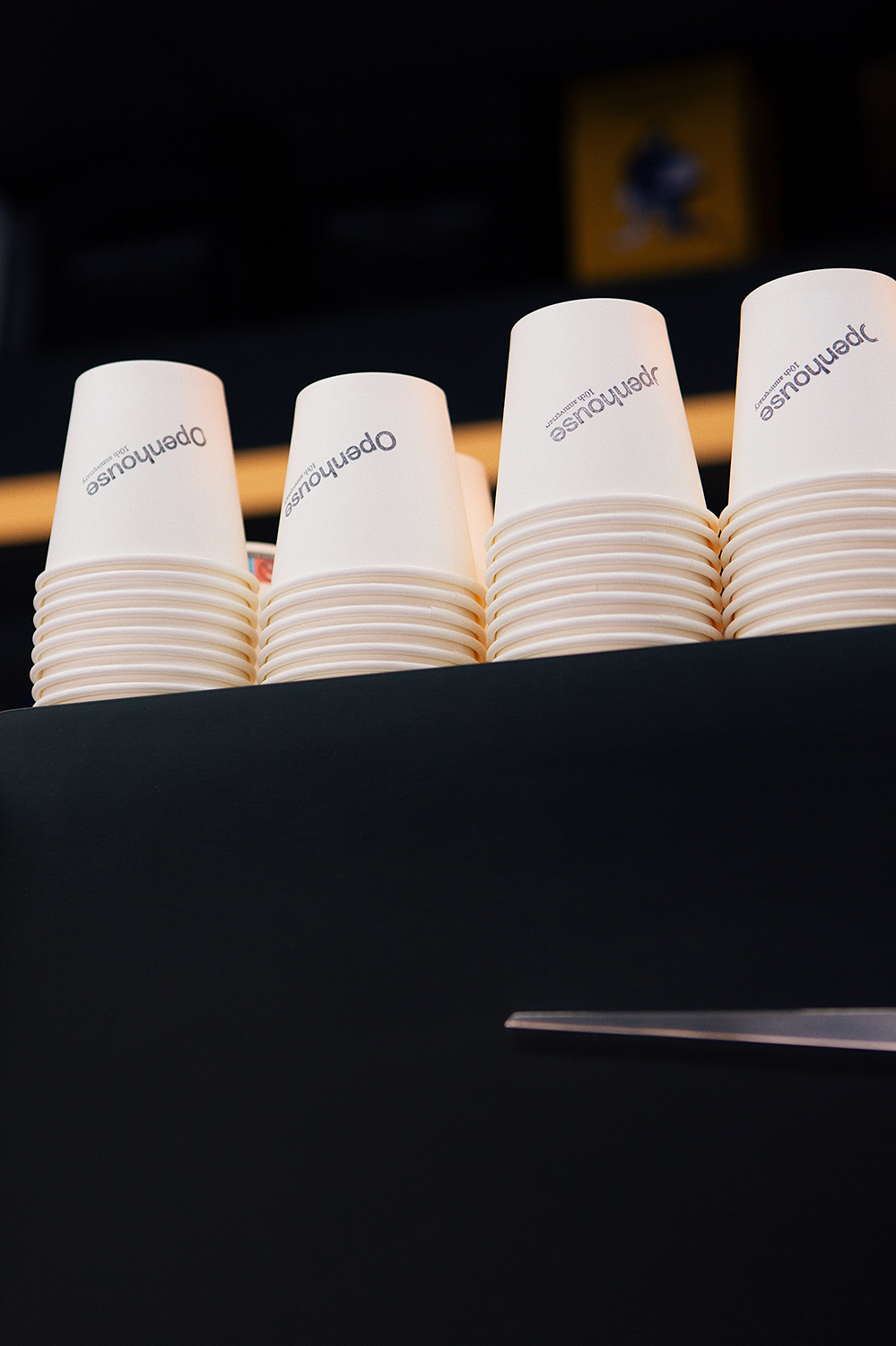
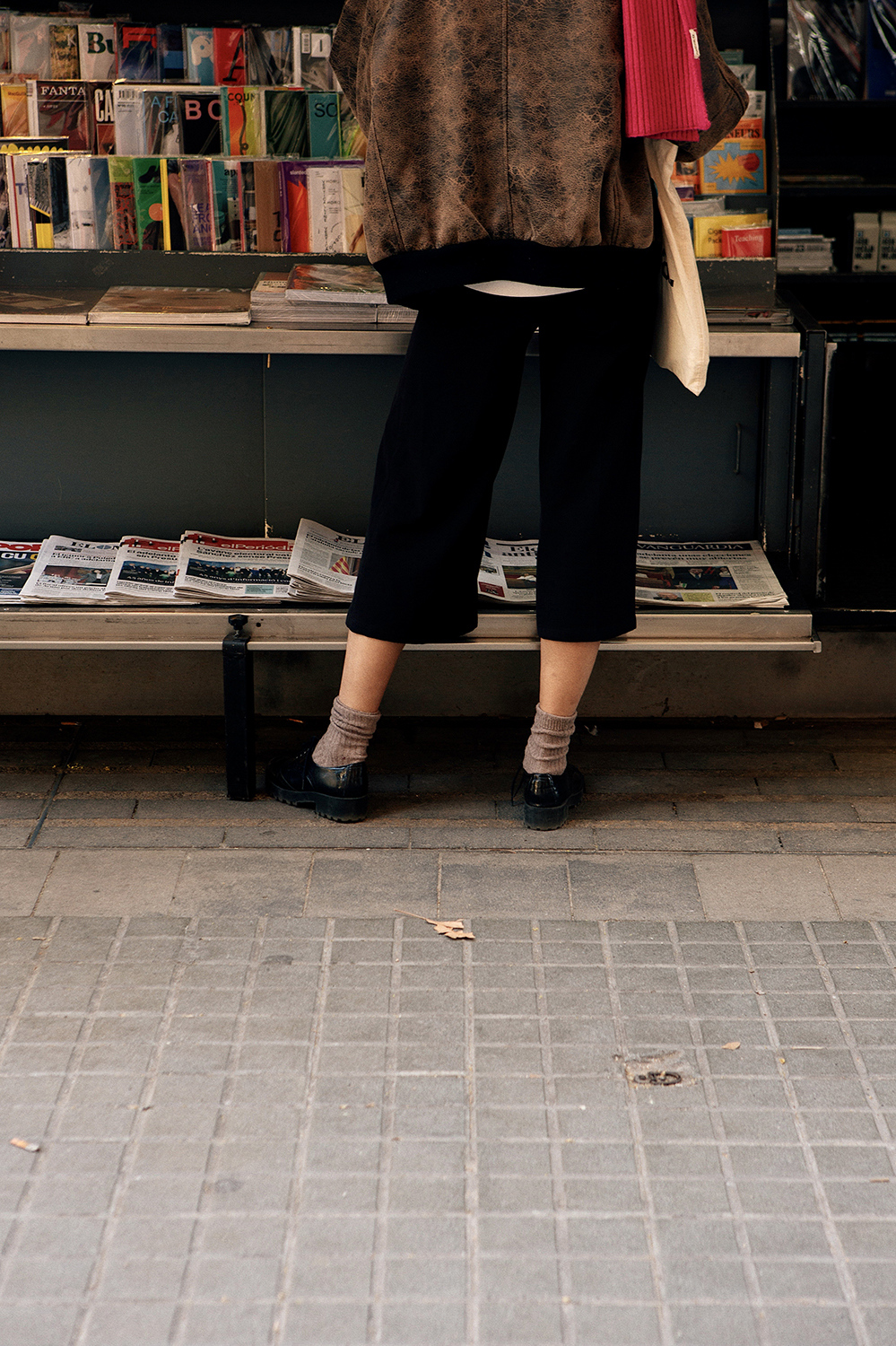
What a beautiful concept it is to see different generations coming together in one physical space to share art, design, culture and information in a way that’s accessible to everyone.“The amazing thing about News & Coffee is that there’s so many different people that engage with the concept because it’s on the street, because it’s a newsstand.” Today, the newsstand connects us in other ways that digital media can’t.
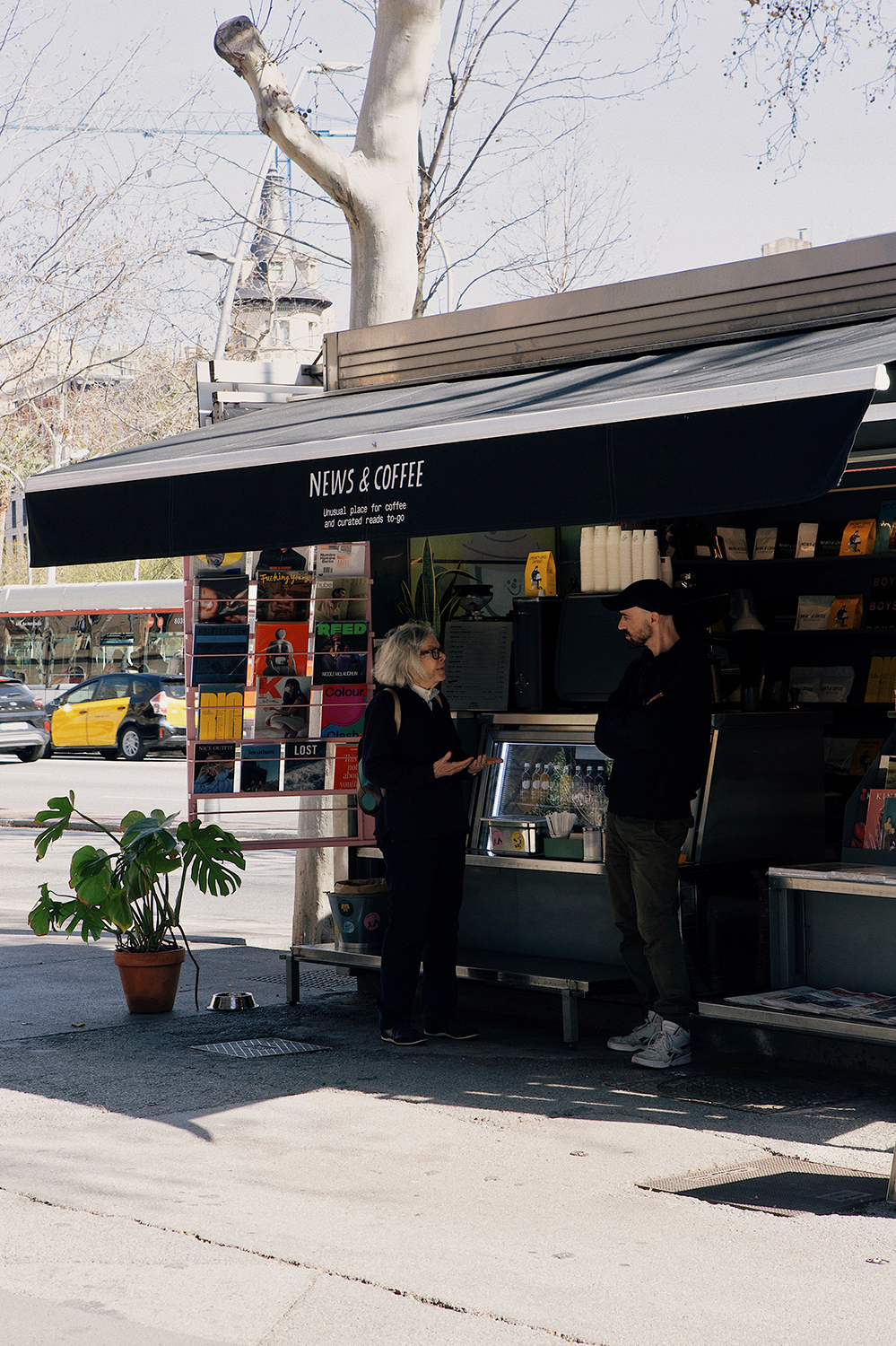
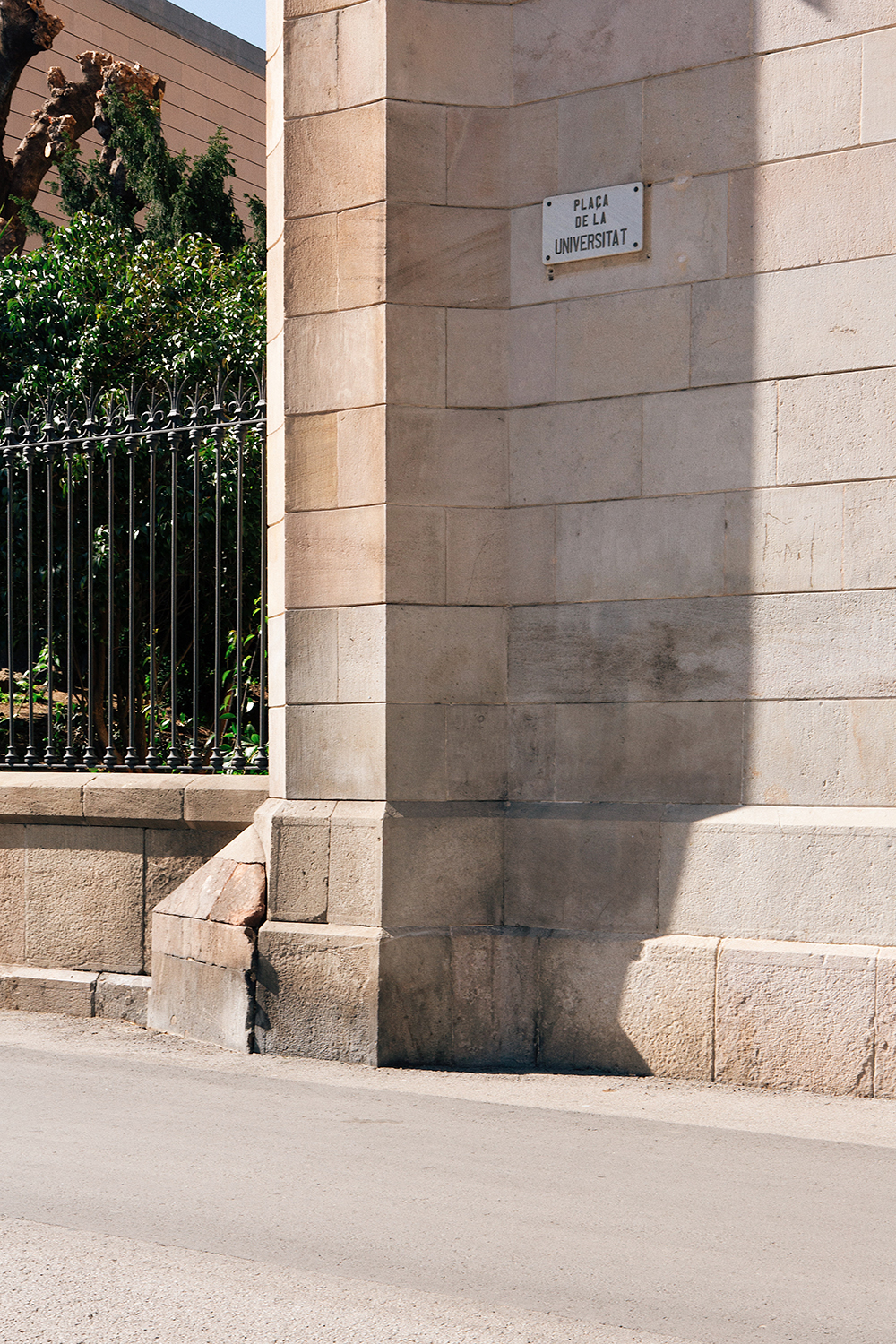
The preservation of print culture serves as a nostalgic journey into the past. In an age inundated with digital distractions, the enduring allure of printed materials provides a chance to slow down and engage with content more deeply. “This proposal was necessary in our cities. The more digital grows, the more analog is necessary as a counteract. In the same way that the city grows, the more people need nature. You got to do that balancing act. And I think we’ve just begun to tap into that, into that need”. “We are profoundly collective species, we need contact with others. And what we have at the moment with digital is not that. It’s just a substitute” explains Gautier.
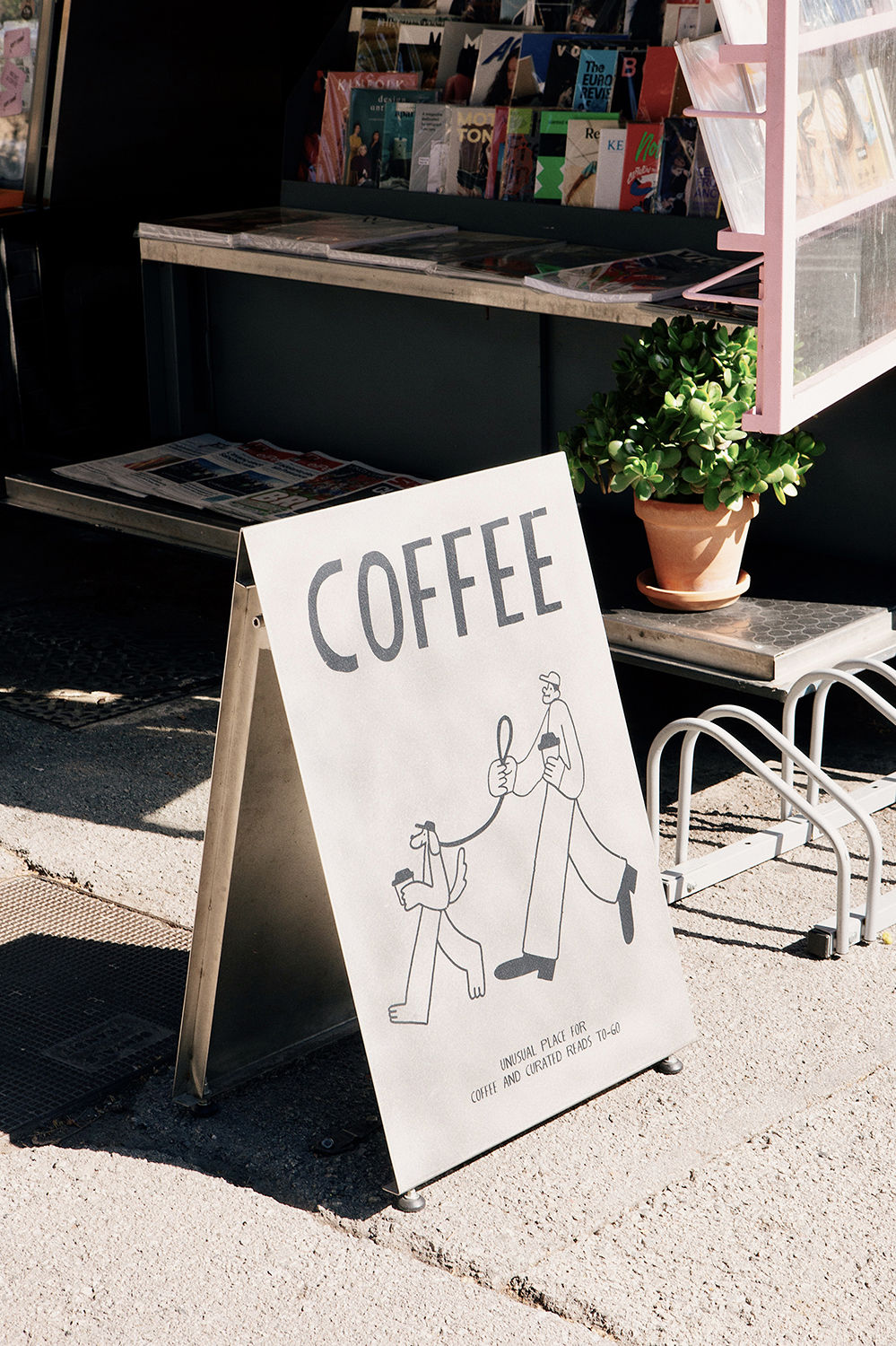
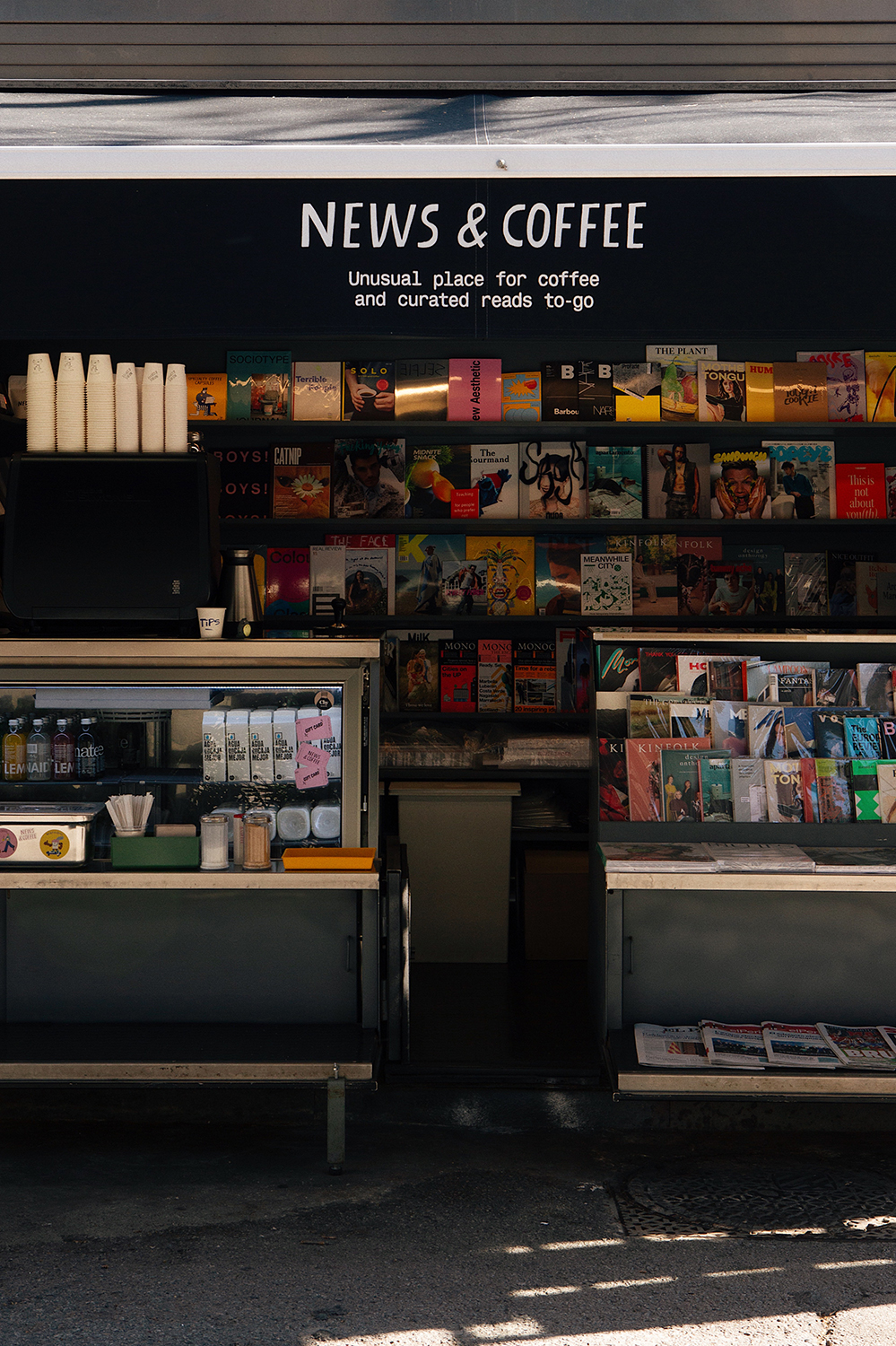
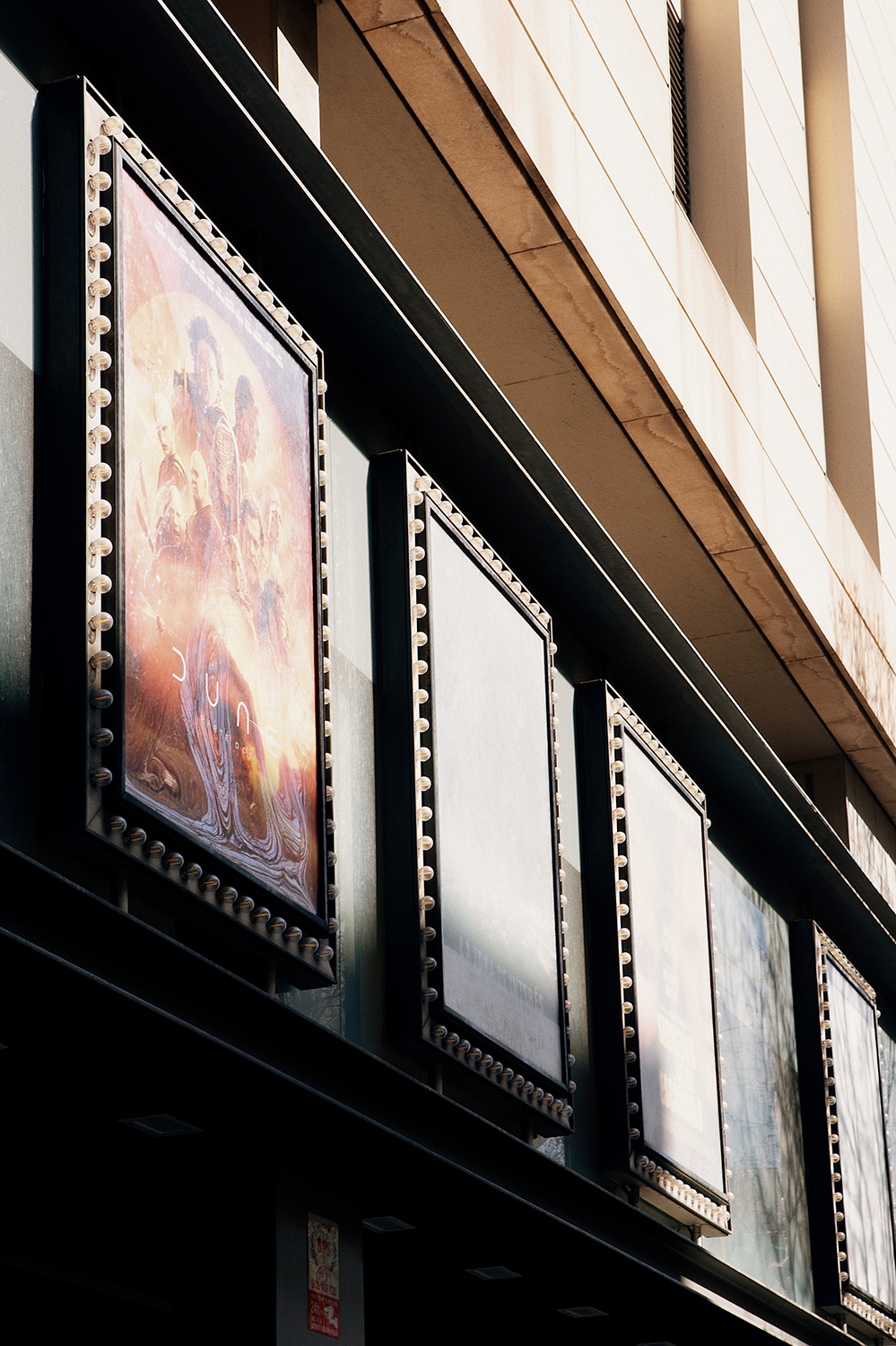
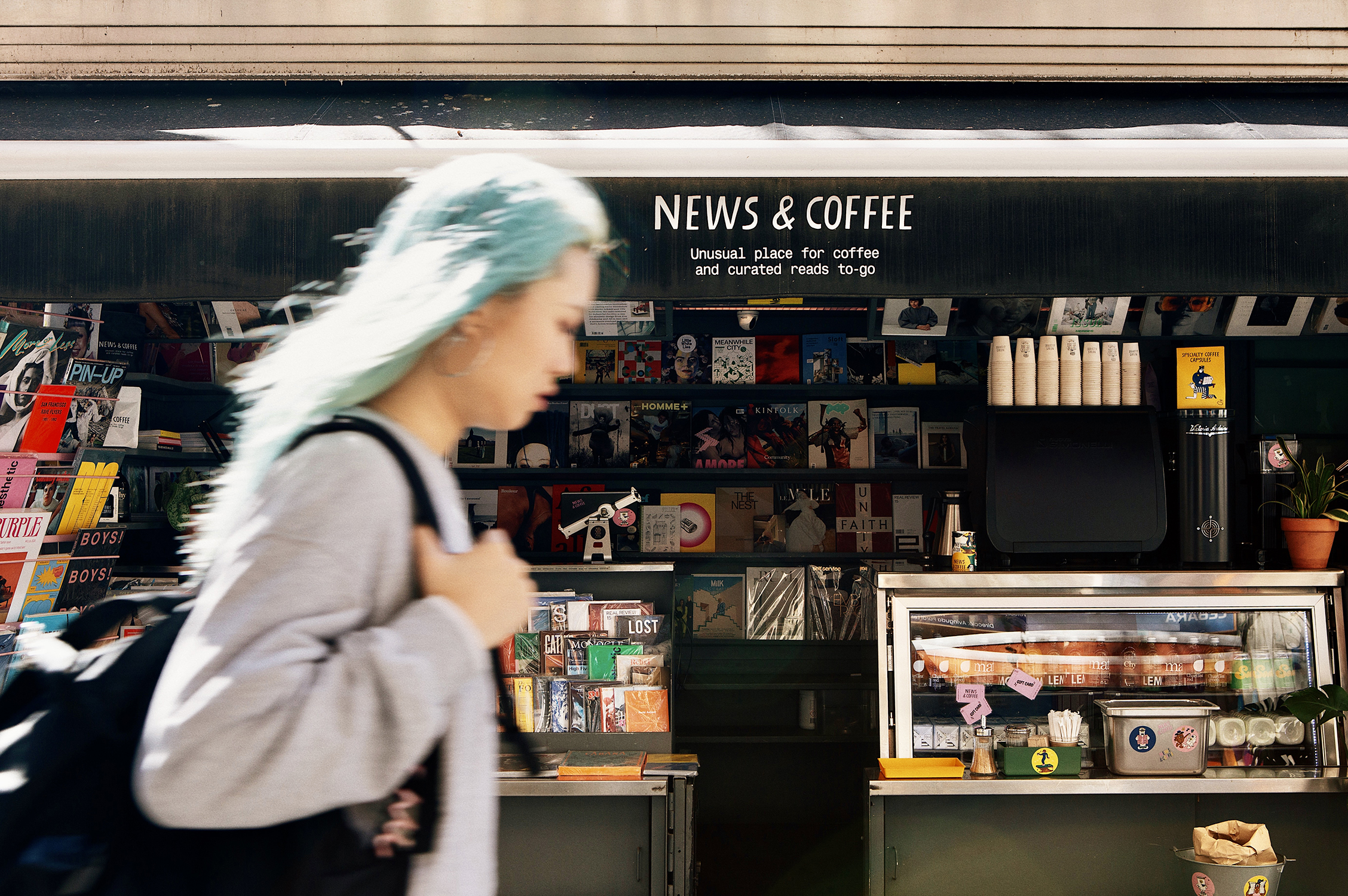
The neighborhood and its people are what truly make a city—its soul and personality. The small interactions among neighbors weave the grand and beautiful urban tapestry. The way we all connect with each other breathes life into the cityscape, shaping its identity and fostering a sense of community amidst the hustle and bustle.
